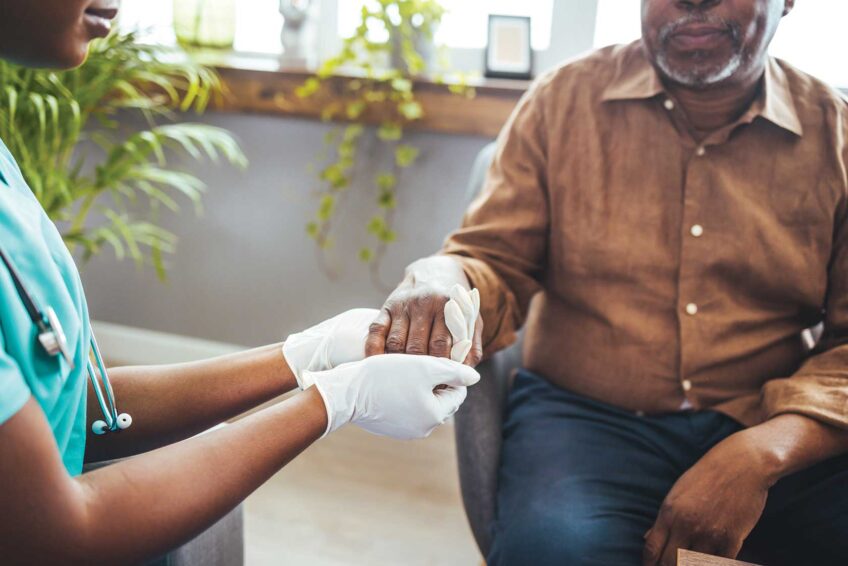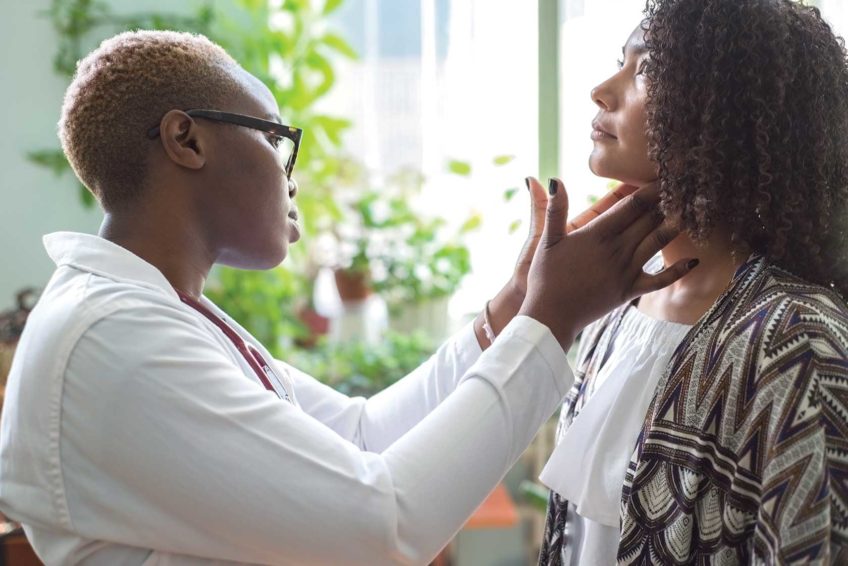
If you asked Megan Corbin to describe a typical heart attack victim, she undoubtedly would not include herself. Yet, at the age of 30, that’s exactly what happened to her.
The symptoms started almost two weeks prior to her attack. Corbin said she felt as though she had acid reflux that probably could be alleviated by a healthy dose of ginger ale. She ignored the discomfort.
But that morning in July she was awakened by the pain. “It felt like pressure in my chest,” she explained. Deep breathing didn’t help. The symptoms worsened. She broke into a cold sweat and felt nauseous.
Eventually her left arm and half of her right arm went numb. She lay on the cool tiles of the bathroom floor, thinking that would alleviate the sweats.
After roughly 20 minutes, and the insistence of her husband, she agreed to go to the emergency room. It’s a good thing she did.
An EKG confirmed the diagnosis. Corbin was airlifted to a larger hospital for more intensive treatment. She said that one artery in her heart was completely blocked. A stent was inserted to restore the circulation.
A heart attack at such a young age is unfortunately becoming increasingly common, and Black women in their 20s and 30s are more often the victims, according to a study presented at the American College of Cardiology’s 70th Annual Scientific Session. Obesity and high blood pressure are the typical causes.
As far as Corbin knew, however, she was in relatively good health. She didn’t smoke; her BMI was normal. She knew of no history of heart disease in her family. She said that her diet was healthy. She ate lots of fruits and veggies. She broiled instead of fried. She was a dancer, which kept her physically active.
But two problems surfaced during her workup in the emergency room. Her blood pressure and cholesterol were elevated, and both are risk factors for a heart attack. Another condition may have played a role, and is often referred to as a silent risk. Corbin has lupus, an autoimmune disease that is more common among Black females, and attacks at a young age. Lupus typically targets several body systems, including the skin, joints and kidneys.
But it can also damage the blood cells as well as the heart. Researchers for the Lupus Research Alliance compared the blood vessels of people who didn’t have lupus to those afflicted. They found that the arteries of those with lupus were more likely to be stiff, inflamed and contain plaque, a fatty buildup that can block the arteries of the heart, resulting in a heart attack or stroke.
According to Johns Hopkins, the risk of a heart attack is increased seven to nine-fold in people with lupus, particularly young women.
Corbin participated in a cardiac rehab program. She takes meds for her heart and is closely monitored to prevent complications. She is now a spokesperson for the American Heart Association’s Go Red for Women campaign.
In spite of all that’s happened Corbin counts her blessings. “I might not have been evaluated for a heart attack because of my age,” she said. She encourages other women of color to take their health seriously. “If something seems off, go to the doctor. If one doctor doesn’t listen, then go to another.”
The experience has made her reach for her dreams. She opened a dance studio she calls Alter Ego.
More importantly, though, she now recognizes the symptoms of a heart attack, and that age is just a number.







